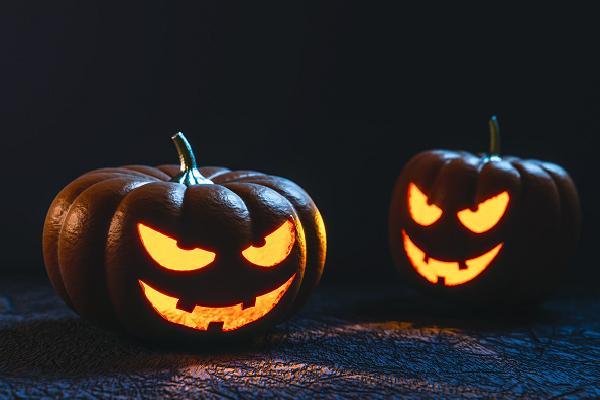It’s on again on October 31st: It’s Halloween. But while Americans are becoming nervous about the upcoming celebrations, the pumpkin-carving and the quest for the perfect creepy, yet sexy costume for the party, Germans are uncertain what to think. Is Halloween in Germany just another holiday imported from the US to make a profit or is it something that was also celebrated way before the Teutons came out of the woods?
The Development of Halloween in Germany
It is more or less clear that Halloween isn’t a German holiday. To proof that, it is enough to look back to the past, let’s say, the 1970s. Halloween was not celebrated and mostly not even known. Not exactly on October 31st, but on November 1st, Germans are traditionally celebrating another holiday: Allerheiligen/All Saint’s Day. This particular Christian holiday is not nice to celebrate. Traditionally, you are thinking about your relatives and loved ones that have passed away by coming together at the graveyard. People sing sad songs and are freezing in the gray and unhappy November rain. This time is traditionally everything but happy or worth being celebrated with parties, as you can see. In some Bundesländer, the day is also a “Stiller Feiertag” with Tanzverbot. That means, you are not allowed to dance that day – or to be more precise, clubs and bars are not allowed to play loud music and to make their guests dance.
How is Halloween celebrated?
The last fact is also something that still influences the way Halloween is celebrated, especially in areas where this Tanzverbot is still in practice. In this mainly Catholic Bundesländer, Allerheiligen is an official holiday. But what do you do when you have a spare day as a youngster but no opportunity to go out the night before because of official Tanzverbot? You have to start a private party – and celebrating Halloween is a fair reason to do so.

Who celebrates it?
Celebrating Halloween in Germany is thus more or less exclusively something young people do. Not only private Halloween parties are very popular, but also clubs and bars are having decoration and Halloween-themed parties (sometimes without dancing, though). Germans do dress up for Halloween, but in a different way as Americans would do. The creepy thing is way more important for them. Ghosts, Zombies, Killers – you can see gruesome and bloody costumes in Germany for Halloween, but not many regular or sexy ones. The reason for that is simple: There is another opportunity in Germany to get dressed funny or sexy called Karneval/Fasching.
What do you have to be aware of?
Because of the many American TV series and movies, Halloween is an import to Germany. That’s why kids are more and more likely to do trick-or-treat. But unlike the kids in the movies, it doesn’t work well in Germany: Especially older people are not used to it and mostly do not even agree with celebrating an American tradition. The doors remain closed. But nevertheless, you can see kids in costumes walking around and begging for candy. Sometimes they will get some; mostly they don’t. But if you are old enough to drink, you can also have a fun day in Germany on October 31st.
